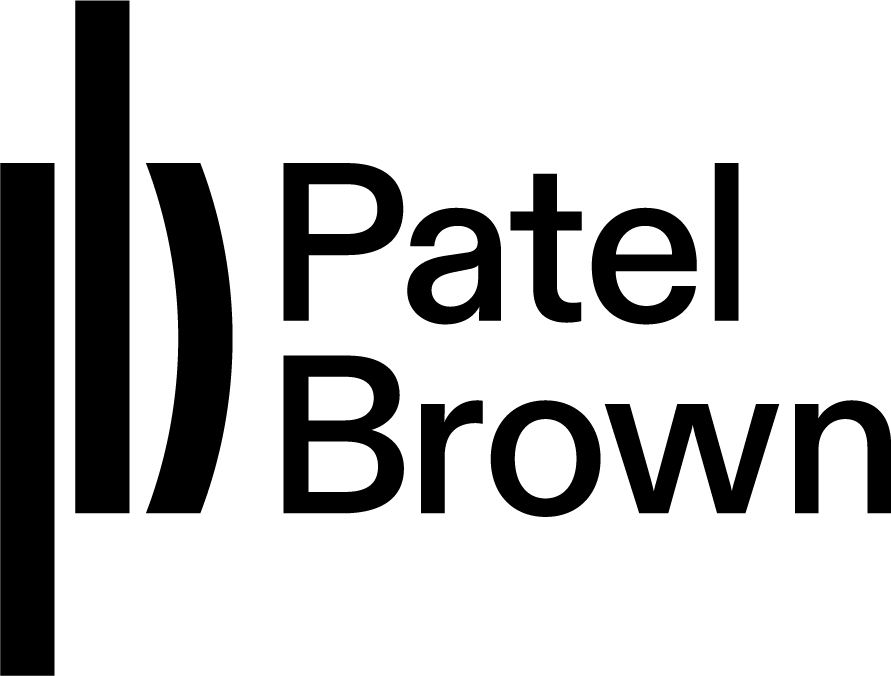21 WADE AVE #2 | TORONTO
Isabel Okoro | Colour and FeeL | 19 OCT - 23 NOV 2024
Runnin’ around, catching up all that light. In moonlight, black boys look blue.
You blue, that’s what I’m gon’ call you. ‘Blue.’
— Barry Jenkins, “Moonlight”
If they don’t see happiness in the picture, at least they’ll see the black.
— Chris Marker, “Sans Soleil” (an epigraph to Claudia Rankine’s “Citizen”)
What have you got when you’re turning green, seeing red, feeling blue? Is it envy, anger, tranquility? Safety, romance, sadness? In the nineteenth century, a severe withdrawal from alcohol was said to conjure blue devils — intense visual hallucinations that, later, for some reason lost to history, was abbreviated to the blues: a state of agitated melancholy best articulated by those black American musicians who wrung beauty from their own routine deprivation and annihilation. In her 2009 book of syncopated prose poems, Bluets, Maggie Nelson alights on a quote from Goethe, the German polymath, who in 1810 described blue as lively but lacking gladness: “It may be said to disturb rather than enliven,” he wrote. Says who? Why must blue signify a disturbance and not, say, a revelation? What lessons, what metaphors can one extract from the knowledge that athletes sporting black will receive more penalties, on average, than if they wore uniforms of any other colour? That red intimates love — and also danger? When a well-meaning and liberal-minded white person says with all earnestness that they do not see colour, what is it, exactly, that they are afraid to see?
Isabel Okoro, who studied neuroscience at the University of Toronto, began photographing the Colour & Feel series back in 2020, as a scientific inquiry into the theoretical relationship between colour and physiology. She was interested in understanding how the viewer’s emotional landscape might determine their reading of a colour at a given moment, and how said colour might, in turn, modify their mood. Okoro does not photograph the world as it is, but how she would like it to be. Her original series saw her render these dignified portraits, of friends caught in states of tenderness and introspection, in monochromatic tones added digitally; here she revisits this project by screen-printing ten new photographs, then physically transferring dye onto each canvas. Sometimes these images, in their stripped-back realism, may double or triple up, passing through a new hue, a new emotion, each time: how does it feel when it’s pink, now blue, now grey? In looking, what happens to the breath, the shoulders, the hands, the skin?
Okoro’s ongoing project takes cues from other black women photographers who have similarly experimented with colour, from the thirty-one coloured clay papers and eleven inkjet prints that comprise Carrie Mae Weems’s Untitled (Colored People Grid) (2009-10), to Lorna Simpson’s “Darkening” suite of blue paintings from 2019, to Sandra Brewster’s large scale photo gel transfer “Owning Yellow” (2023). The audience’s participation, the indexing of their emotions, completes Okoro’s images. On the whole, the study of colour psychology has been mostly anemic, lacking in rigour and regularity, and though all colours are freighted with meaning (memory, cultural context, historical significance), their interpretations, though occasionally explored in academic settings, have primarily been the
province of anecdotal evidence. Still, one wonders what logic designers may employ to choose which shade to paint a hospice bedro om, or why the Austrian philosopher Wittgenstein would consign his dying breaths to the labour of Remarks on Colour, writing sentences like “there is no criterion by which to recognize what is a colour, except that it is one of our colours,” or “we do not know our way about where we should know our way about.” Perhaps the discipline of studying colour, the serious consideration of what we have when we have green or red or blue, is a means of probing life’s greatest mysteries: what is fairness, suffering, jealousy, love? Where, on or in the body, do they begin?
– Connor Garel
Isabel Okoro (b. 2001, Lagos, Nigeria) is a visual artist currently based in Toronto, ON.She is exploring the interactions between the motherland and the diaspora, and coined the term normatopia to describe a space which considers the tensions between a harsh reality and a utopia, and chooses to rest and thrive in the humanly achievable sweet spot that exists in the middle. At the cornerstone of her practice is visualising and developing an imagined world, Eternity, as a space to immortalize community members through stories of speculative fiction that embrace her concept of normatopia.Isabel holds a B.sc. in Neuroscience and Psychology (High Distinction) from the University of Toronto.She co-founded the creative studio, local•global, and is currently the Creative Director.
Connor Garel is a journalist and editor whose writing on arts and culture has appeared in Canadian Art, Gagosian Quarterly, and Art in America, among other publications. He is a regular contributor to The Walrus and New York Magazine, and serves as a contributing editor for Dazed. He’s based in Toronto.










